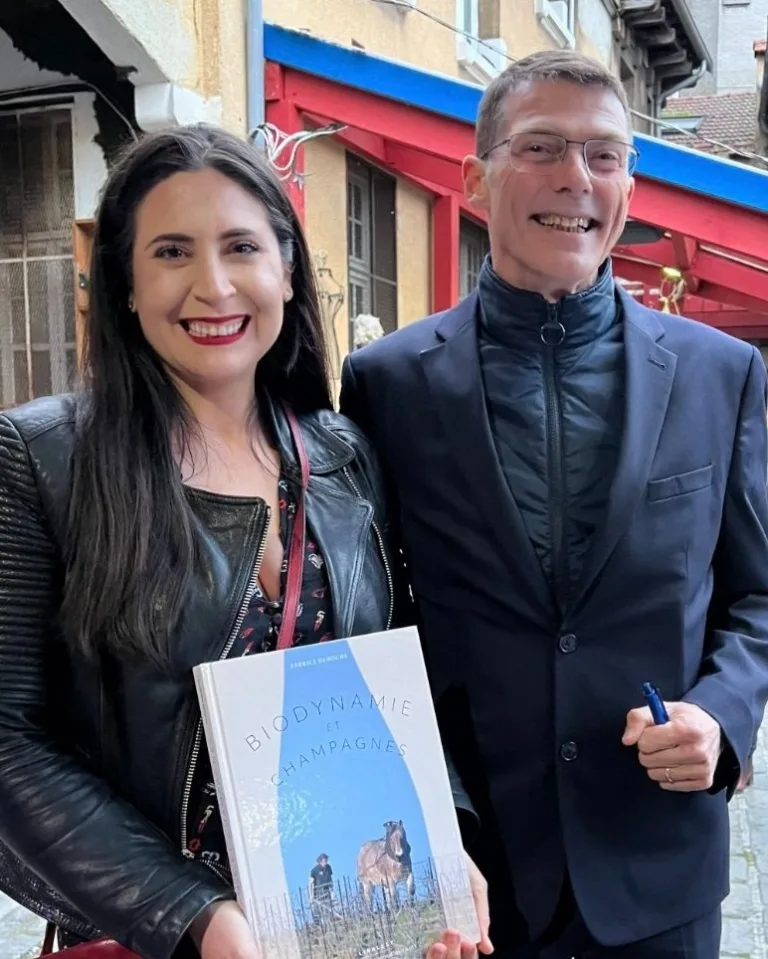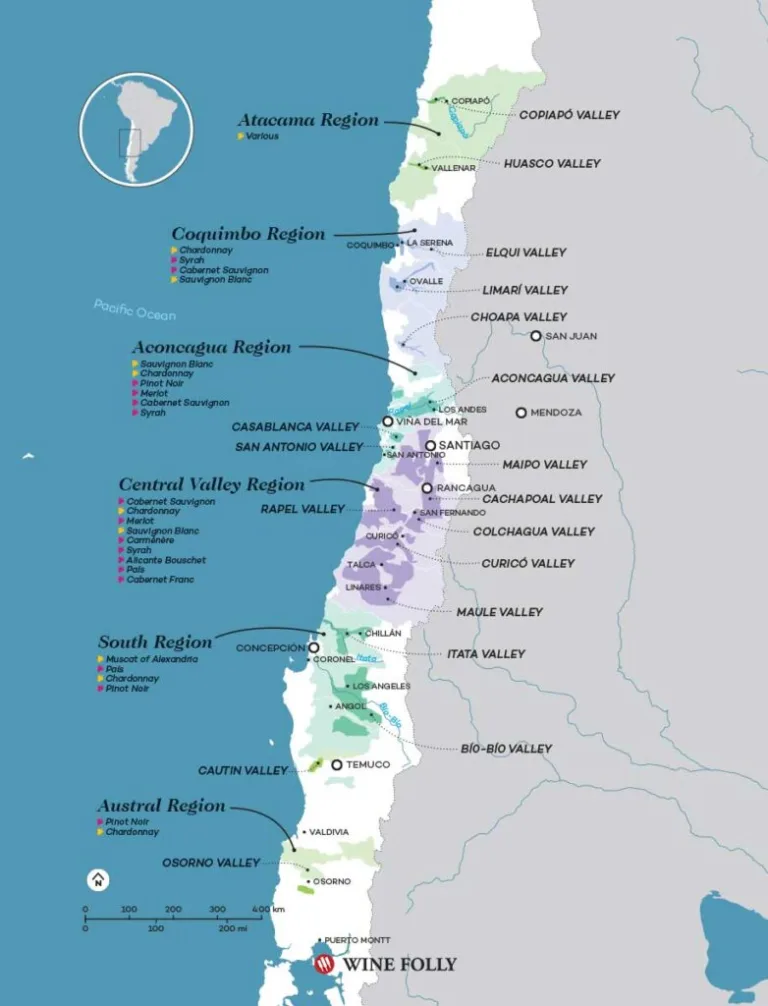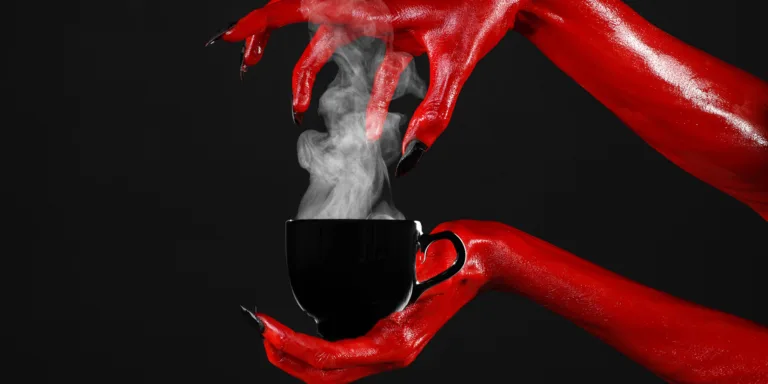There are mixed bags and wild ferments, threats and inert gases, stability and prestige Champagne. The content of the 2023 Master of Wine exam presented an extremely high hurdle for MW candidates. It also drew a neat picture of the current wine industry. When the Institute of Masters of Wine (IMW) started in the 1950s, the wine world wasn’t so complicated. Everything was firmly and traditionally British. I’d call that the start of wine’s modern era; nowwe have slipped into a post-modern one.
Following tradition, the 2023 exam had two major components: the “practical papers” based on blind wine tasting and the “theory papers,” which delve into viticulture, vinification, wine handling, the business of wine, and what the IMW calls “contemporary issues.” That phrase is interesting because, as the exam itself shows, everything in the world of wine edges towards the contemporary. The candidates, for example, boast diverse backgrounds and more of that is wanted. It wasn’t always so. “The Institute’s members were all male until 17 years after the first exam, in 1970, when Sarah Morphew Stephen MW became the IMW’s first female member.” Julian Gore-Booth, the Institute’s new Executive Director (who is not an MW), very recently said, “We need to do more around diversity and inclusion.” The gender split of new MWs in the last 10 years is 52% male, 48% female, and 414 MWs live in 31 different countries. The IMW doesn’t reveal their ethnic origins or economic backgrounds, but more diverse perspectives certainly exist today than 70






